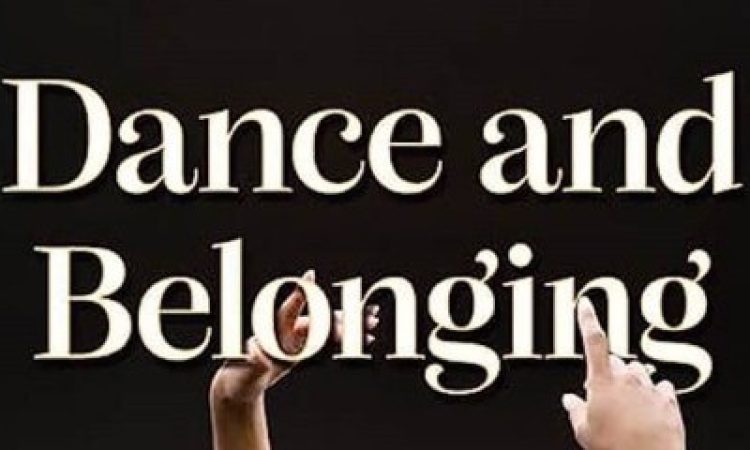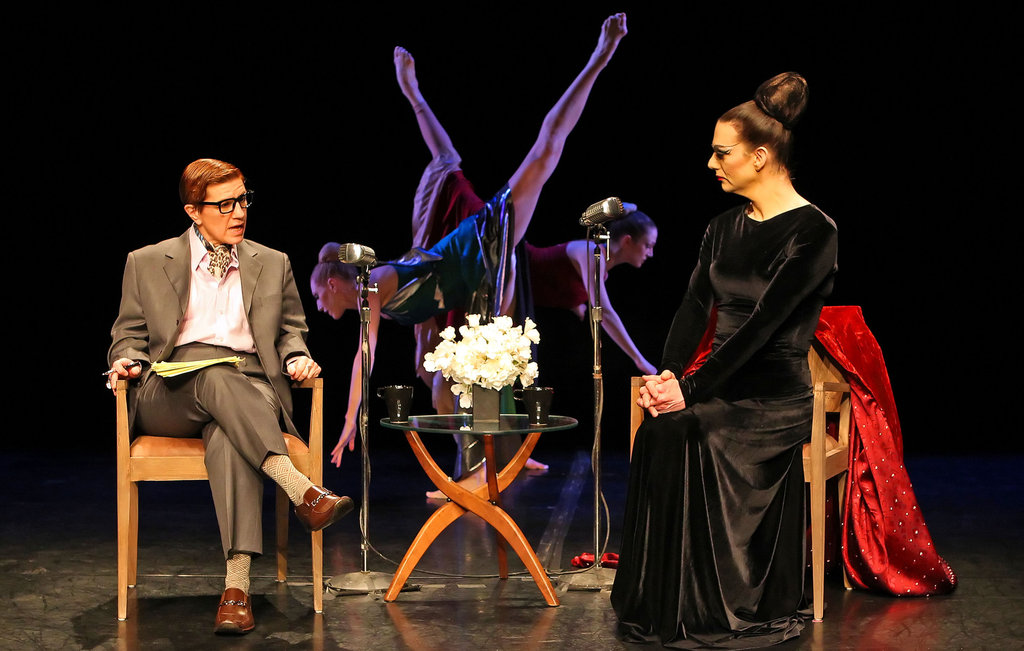Implicit bias exists in everything, everywhere, all the time…whether we acknowledge it or not. It is the invisible choreography we rehearse, the time we keep, and the space we inhabit. Composing the unremarked foreground of our choices, education, and assumptions, it colors how we see and interact with the world. Though its vernacular usage has only gained prominence in the past decade or so, its fruits, compounded by the visuality of dance, are pleated into the very fabric of dance education, assaulting students with ill-fitting universals and presumptuous standards of knowledge.
Dancer, movement analyst, and critical race theorist Crystal U. Davis processes this phenomenon in her latest book, Dance and Belonging: Implicit Bias and Inclusion in Dance Education. Using critical theory as a framework and drawing on her lived experiences, she explores how social norms, stereotypes, and cultural biases are embedded into techniques, teaching practices, and curriculum design, thus compelling readers to confront uncomfortable truths and take concrete steps toward a more equitable and inclusive dance field.
Understandably, tackling a work with such breadth necessitates substantial groundwork, one that she processes in the book’s first half, beginning with the preface and introduction. After establishing her positionality as a Black American dancer whose experiences have led her around the world on ethnographic and dance-related travels, she walks through social science concepts, drawing threads between implicit bias and human psychology. Doing so, she illuminates her background as a scholar of the humanities and sciences while contextualizing U.S. historical inequities that will be discussed throughout the book.
This segues into the book’s latter half, focusing on how cycles of oppression and the dominant systems they produce facilitate implicit bias. During this time, Davis contemplates the role of gatekeepers/gatekeeping (i.e., adjudicators, teachers, audition practices) and social dominance theory in our biases, implicating the dance educator as both responsible and impacted by the environments they create and those created for them. In doing so, she brings the educator in as an actor in said systems rather than relieving them of all guilt.
From this point, she moves into dance aesthetics and behavioral conditioning as they pertain to dance, honing in on how the biases they create impact our ability to empathize with others. Having set the reader up with tangible examples of how implicit biases show up (i.e., preferred genres, music, hairstyles), Davis shifts away from defining implicit bias and toward interrupting it. As such, the next two sections establish practical interventions (like transparent decision-making and frequent curriculum revisions) and address common pitfalls that deflect from structural change (such as performative virtue signaling through callouts). Her final chapter provides techniques to disrupt bias in the dance classroom, leaving readers on a hopeful note. Finally, the book concludes with a generous “social justice curriculum design outline” and a “community norms sample” for educators to draw inspiration from as they so choose.
As I reflect on Dance and Belonging, I wonder why bias was seldom discussed in my undergraduate dance education. So many students go on to become dance teachers without reckoning with the role we play as vessels of knowledge and vehicles of change. Perhaps this is indicative of a gap in knowledge, one that Davis so skillfully intervenes in.
I admire Davis’s ability to bridge the gap between praxis and theory with an engaging, accessible writing style. Coupling the text with real-world examples, classroom exercises, and somatic check-ins, the work is valuable for dance educators, practitioners, and students alike. While not prescriptive, her approach garners solutions and strategies that will likely be useful to all those involved in the field. Though her work centers race and body size in accordance with U.S. discourse, its insights are certainly transferable, opening the door for broader conversations surrounding other implicit biases. By highlighting the interconnectedness of biases and their impact on the human experience, we disrupt binaries to see the world with greater nuance and intersectionality. In this book, Davis has opened a conversation that asks readers to question “fact” and intervene in the invisible choreographies we unknowingly project onto the world. What we do with that disruption is up to us. But one thing is certain: recognizing our invisible choreography is where we begin.
Crystal U. Davis, Dance and Belonging: Implicit Bias and Inclusion in Dance. North Carolina: McFarland and Company Inc, 2022.






